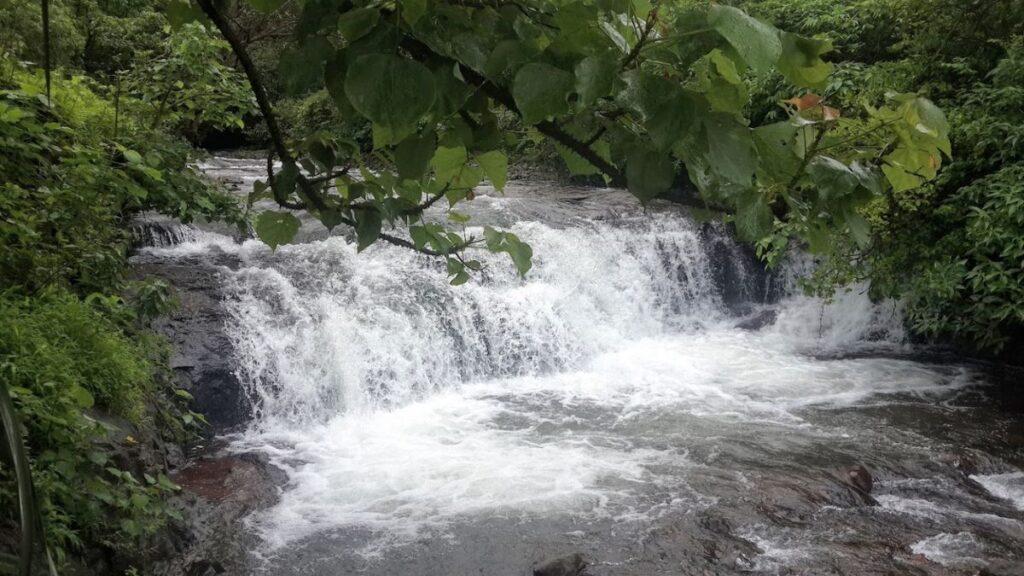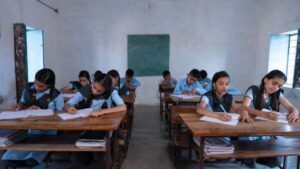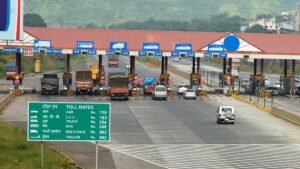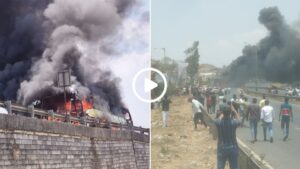Maharashtra Mountaineering Apex Body Issues Guidelines for Monsoon Trekking and Shares Emergency Rescue Details

A waterfall in a forest near Lonavala
As monsoons commence over the Western Ghats of India, the mountains come alive with beauty and adventure.
The Western Ghats, also known as Sahyadri Mountain Range is a UNESCO World Heritage Site and biodiversity hotspot, so it is natural for many trekkers, nature lovers and adventure seekers to head to the mountains during monsoon to explore them in their full natural glory.
However, In response to the increasing number of accidents reported during the monsoon season in the Sahyadri ranges of the Western Ghats, the Akhil Maharashtra Giryarohan Mahasangh (AMGM) has issued comprehensive guidelines for trekkers. These guidelines aim to ensure the safety of those exploring the region’s picturesque yet perilous trails.
The president of AMGM, Umesh Zirpe, along with working president Hrishikesh Yadav and secretary Dr. Rahul Warange, have emphasized the importance of these directives. They urge trekkers to adhere strictly to the guidelines to prevent mishaps and ensure a safe trekking experience. The guidelines are being widely circulated among trekking and adventure organizations, school and college groups, and on social media platforms to reach a broad audience.
AMGM also runs the Maharashtra Mountaineers Rescue Coordination Centre (MMRCC) 24×7 helpline number (7620-230-231) for coordinating an immediate search and rescue operation required anywhere in Maharashtra, predominantly in hilly and remote areas.

Trekking and Mountaineering Guidelines Issued by Maharashtra Giryarohan Mahasangh (AMGM)
- Go trekking with a recognized and experienced group.
- Limit and plan for the number of wanderers during the trek.
- Ensure the group has First Aid supplies.
- Share details of the trek location, duration, and leader/group with someone nearby.
- Maintain a group formation with the first and last men during the trek.
- Even for a one-day trek, carry a good torchlight
- Always accompany a local guide in case of necessity.
- Plan the trek considering the estimated rainfall.
- Be cautious of slippery paths due to rain and watch your steps. Avoid climbing on rocks, gates, or other surfaces, as a slip could lead to accidents.
- Carry a walking stick for better stability while climbing, descending, and walking.
- Walk carefully on slippery slopes and riverbanks.
- Use mobile phones only in emergencies.
- Avoid taking photos or selfies at risky locations.
- Avoid urban areas during treks.
- Do not litter in forts, forests, or near water bodies. Keep nature clean.
- Be cautious near water bodies during heavy rain, sudden water flow increases can be dangerous.
- Be cautious of falling rocks near waterfalls.
- Estimate the depth of water before stepping in to avoid accidents.
- Avoid crowded areas.
- Inform relevant authorities if there’s a change in the trek schedule.
- Ensure everyone safely reaches home after the trek.
- Carry extra ropes for emergencies; they can be useful in unforeseen situations.
- Pack all belongings in plastic bags to keep them dry. Be attentive as plastic bags can’t be burnt.
In case of emergencies, contact the 24×7 helpline number 7620230231 for immediate assistance.








